When to visit
The spring is considered as the most popular time to visit Extremadura,
although winter is also of growing interest, especially because of the spectacular numbers
of birds present. However, birding can be very rewarding at any time of the year. Here is
a quick summary of the seasonal highlights.
For more information about what you can see at different times of the year, see Martin's
blog and check the reports from Martin's tours.
Album de fotos

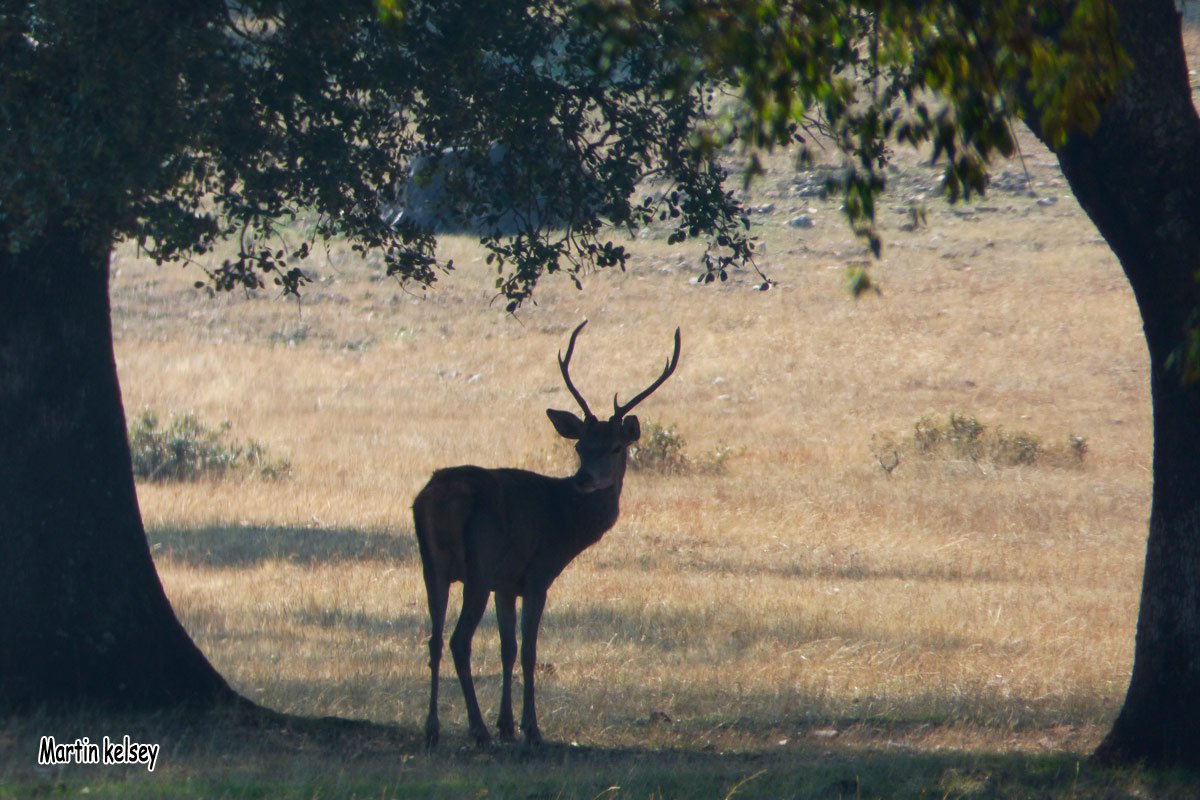
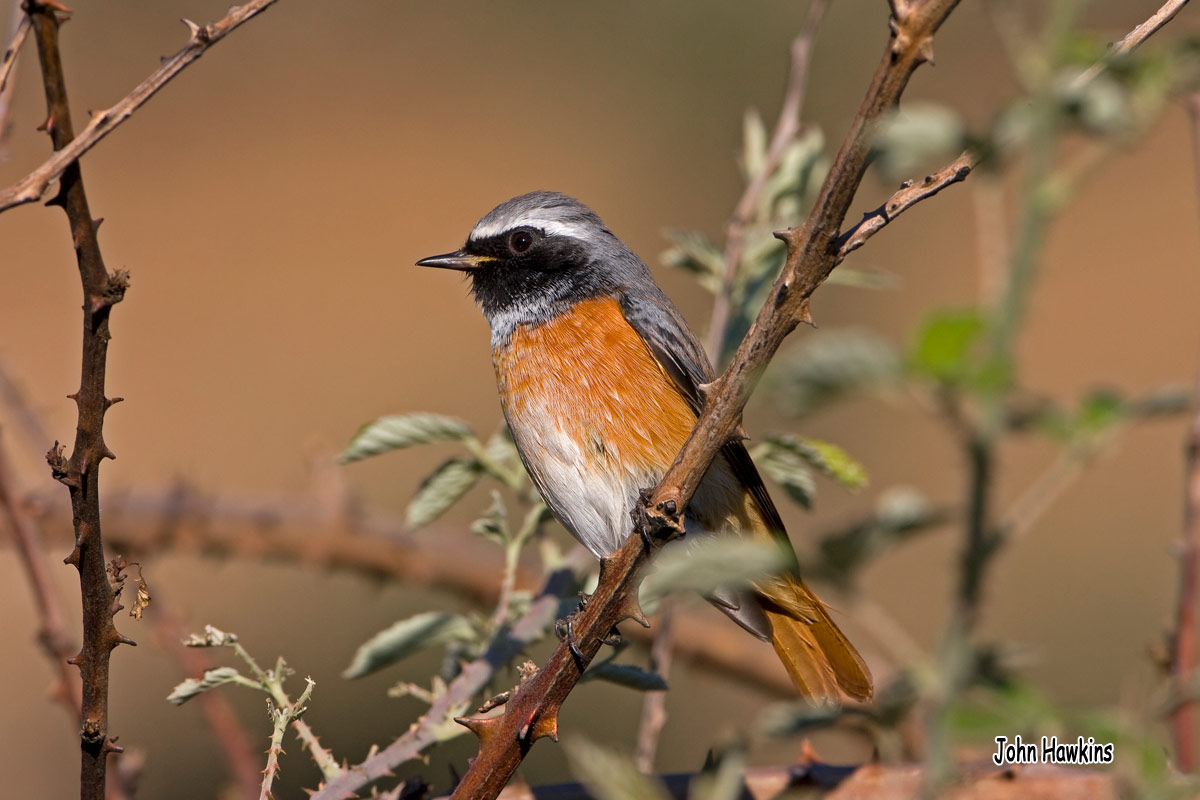
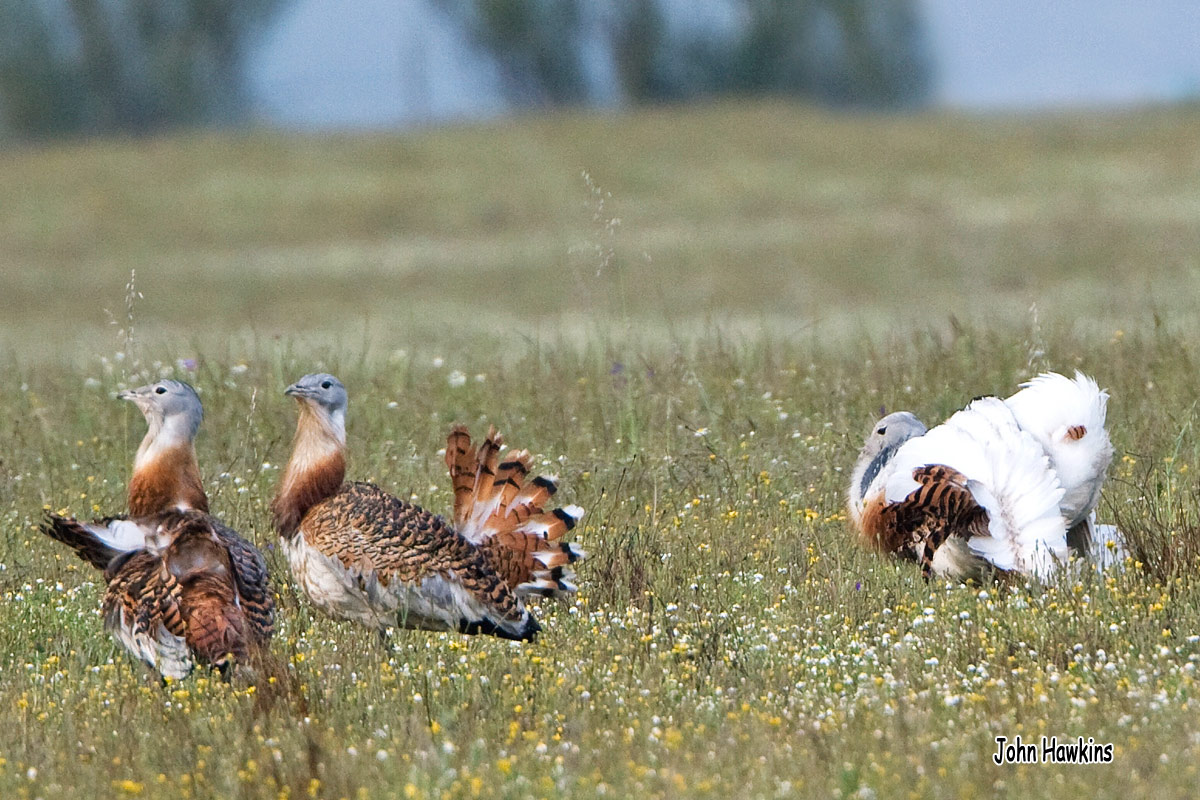
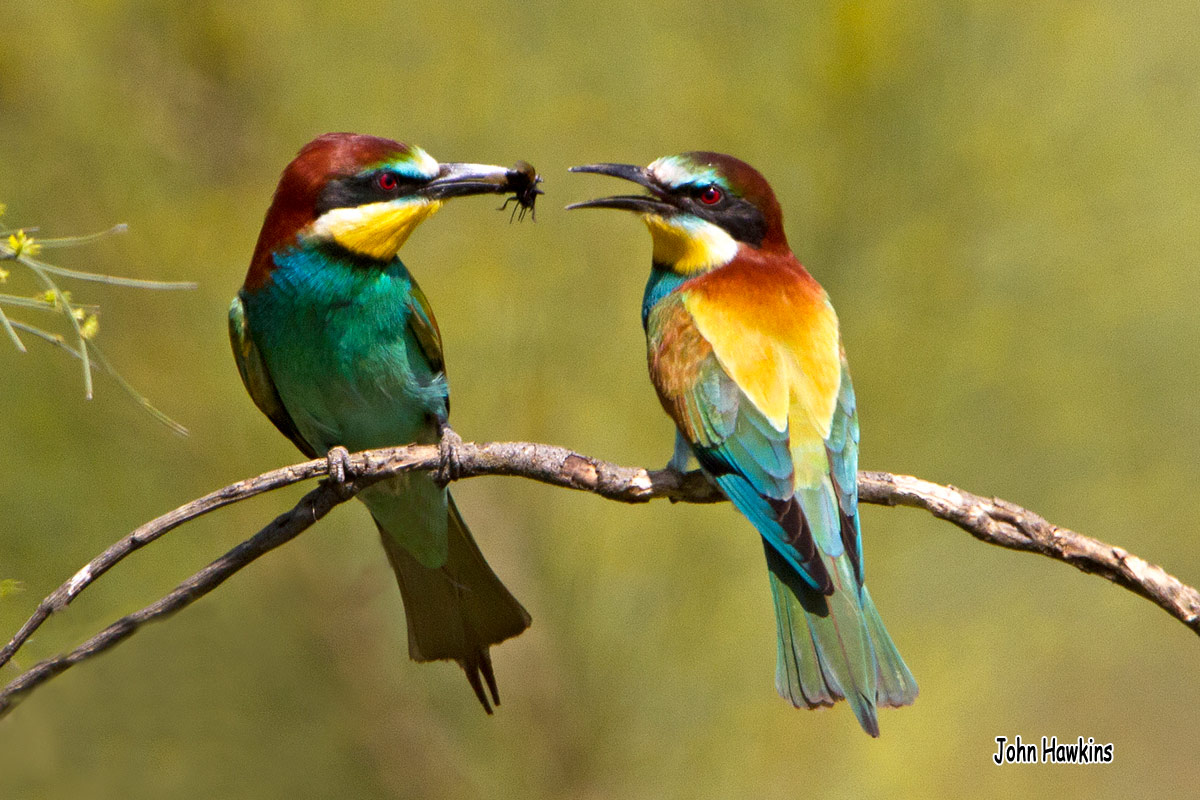
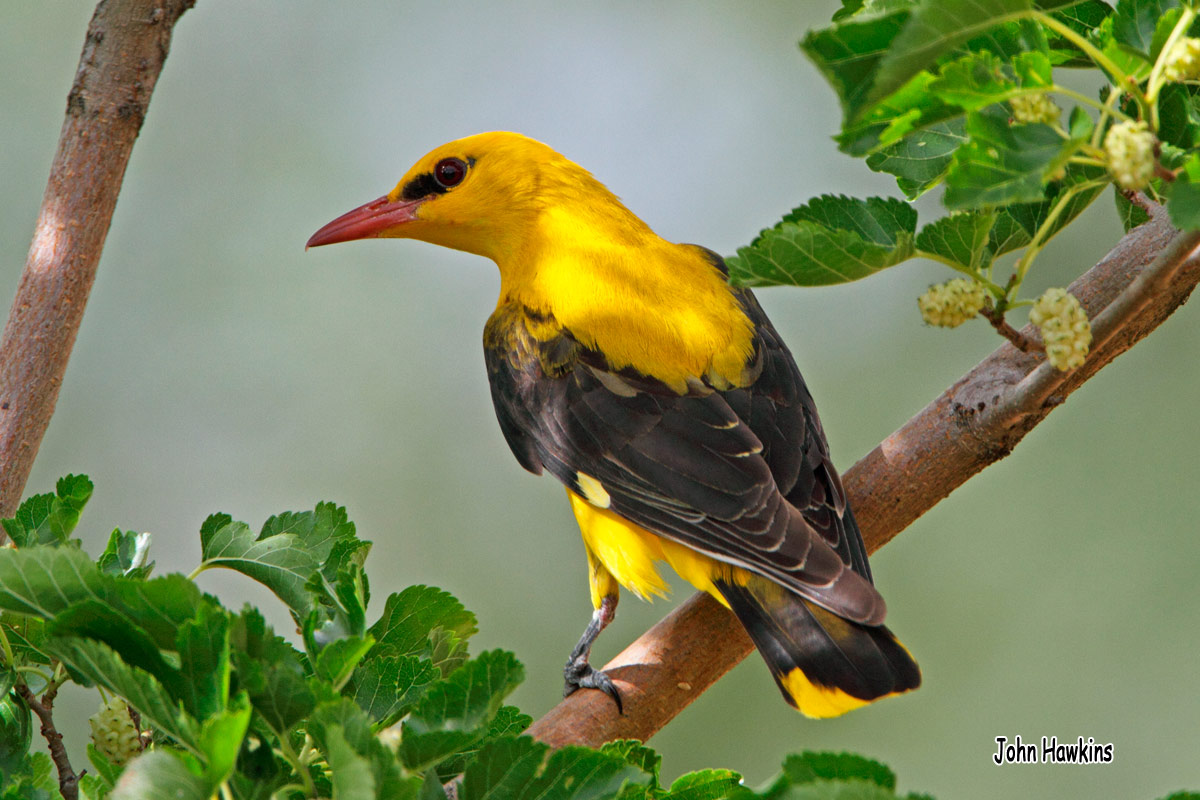
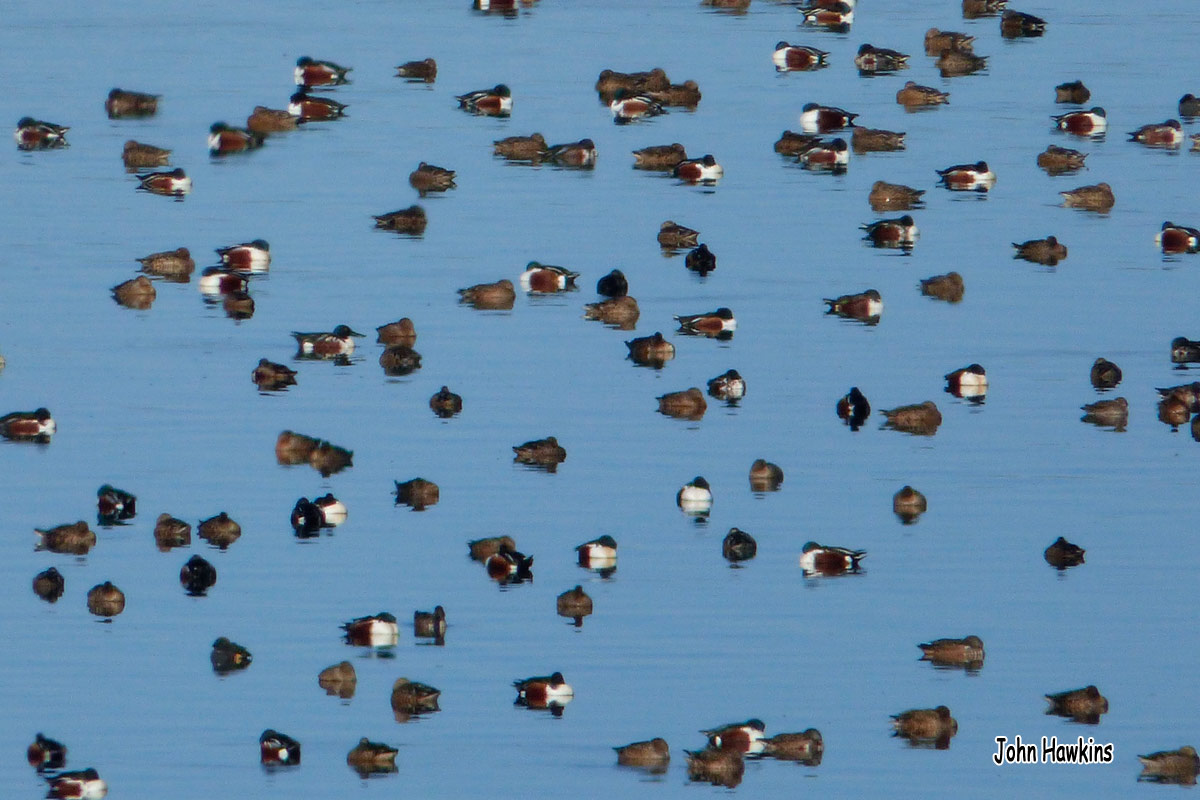
Spring (March – May)
Although some of the summer migrants start to arrive in January (such as House Martins and Barn Swallows), it is by early March when the first wave of migrants arrive such as Short-toed and Booted Eagles, Black Kites, Black Storks and Egyptian Vultures. The best time for birds of the plains is March and early April, when the Great Bustards are in full display, the vegetation is still short and heat haze is less of a problem. By mid-April almost all of the migrants have arrived, the exceptions being species like White-rumped Swift, Red-necked Nightjar and Rufous Bush Robin which arrive later. The landscape which has been green and full of flowers starts to turn dry by mid-May.
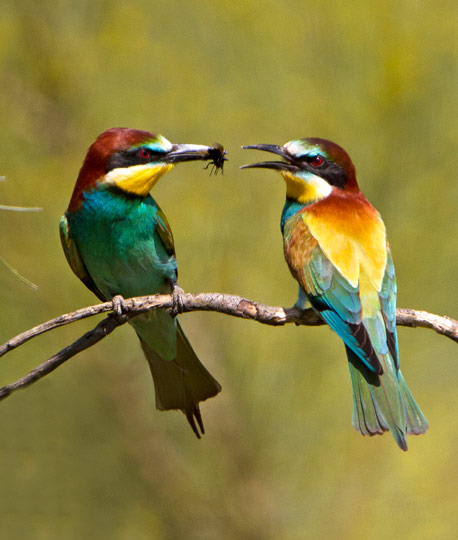
John Hawkins
Bee-eater
John Hawkins
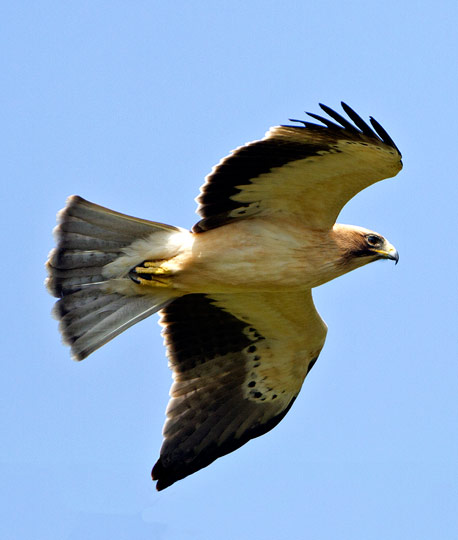
John Hawkins
Booted Eagle
John Hawkins
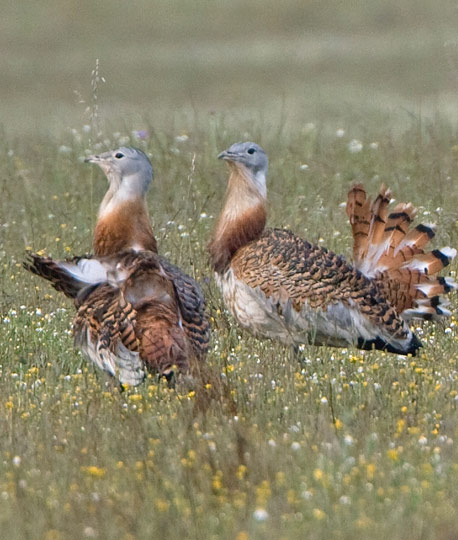
John Hawkins
Great Bustard
John Hawkins
Summer (June – August)
Summer is hot and dry and a much quieter time for birds. However, migration is evident every month, with the arrival in June of the first autumn passage migrants and winter visitors (such as Lapwing and Green Sandpiper) and the departure by the end of August of many of the summer visiting birds of prey. Flocks of birds like Black Kite, Lesser Kestrel and White Stork can be encountered on the plains in mid-summer, feeding on grasshoppers. With many pools drying out, birds like sandgrouse become much more dependent on remaining water sources.
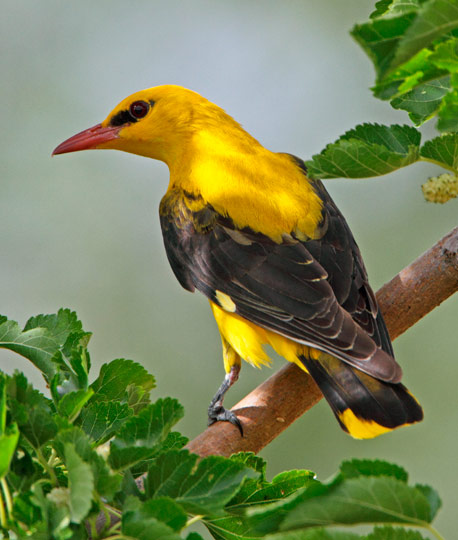
John Hawkins
Golden Oriole
John Hawkins
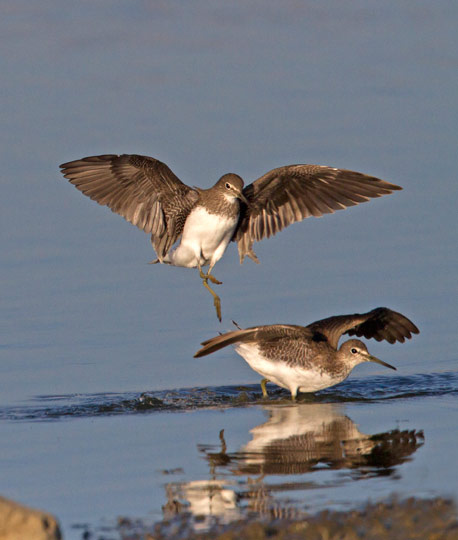
John Hawkins
Green Sandpiper
John Hawkins
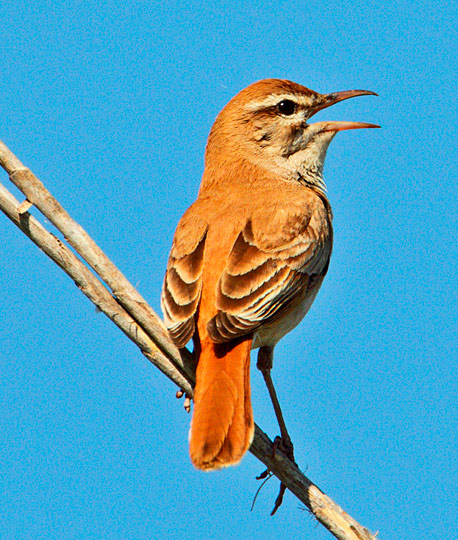
John Hawkins
Rufous Bush Robin
John Hawkins
Autumn (September and October)
Extremadura receives a massive passage of small birds from northern Europe during this time, with flycatchers, chats, as well as waders appearing. Almost all resident birds have finished breeding and some, like Stone Curlew, bustards, Calandra Larks and Corn Buntings start to form winter flocks. As summer visitors disappear, winter visitors arrive in their place such as Hen Harrier and Merlin. In places like the Monfragüe National Park, Red Deer will be rutting whilst Eagle Owls will be calling at dusk.
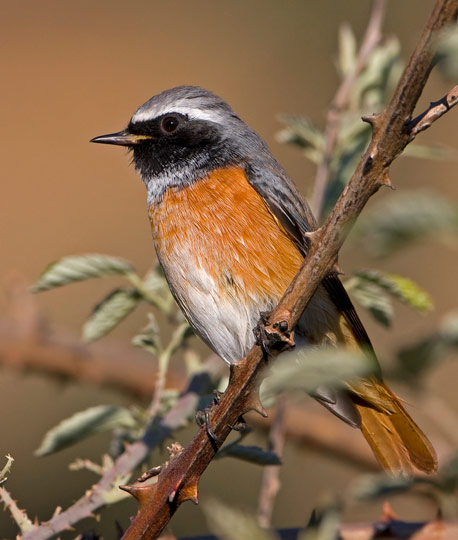
John Hawkins
Common Redstart
John Hawkins
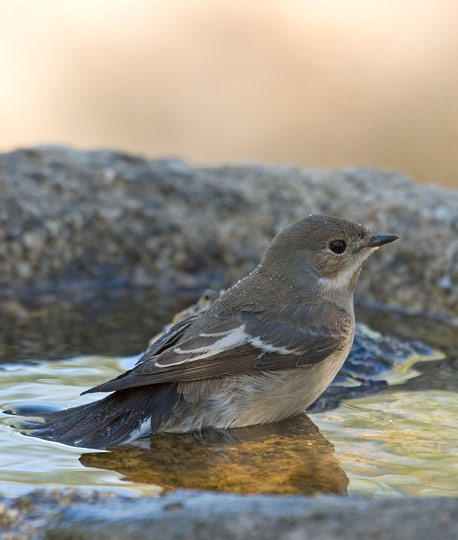
John Hawkins
Pied Flycatcher
John Hawkins
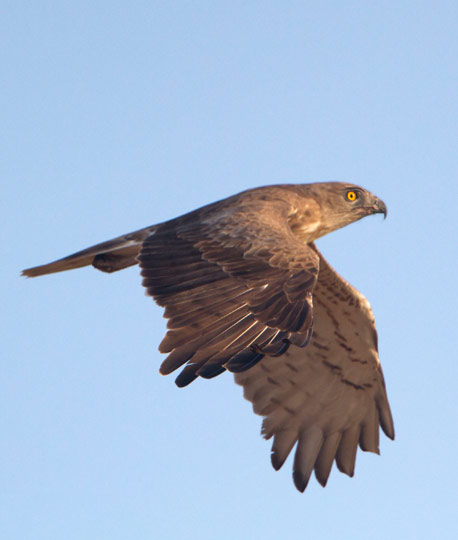
John Hawkins
Short-toed eagle
John Hawkins
Winter (November – February)
Extremadura is one of the most important wintering areas for birds in Spain, thanks to the mild climate and abundant food sources. Europe's largest concentration of Common Cranes in winter is found here, as well as huge numbers of waterfowl and passerines. It is a time for great avian spectacles. By mid-winter, some of the resident birds of prey will be starting their breeding cycles, with eagles performing sky-dances on sunny days.
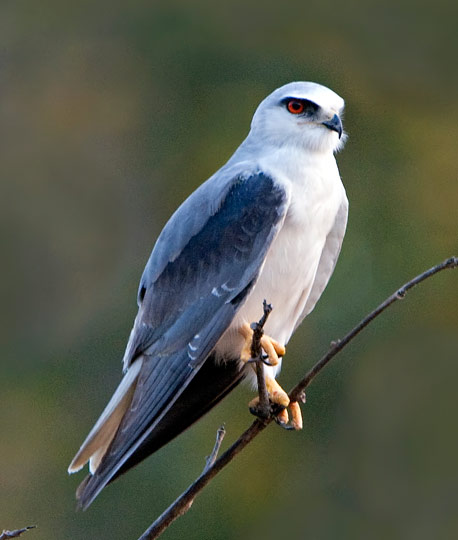
John Hawkins
Black winged Kite
John Hawkins
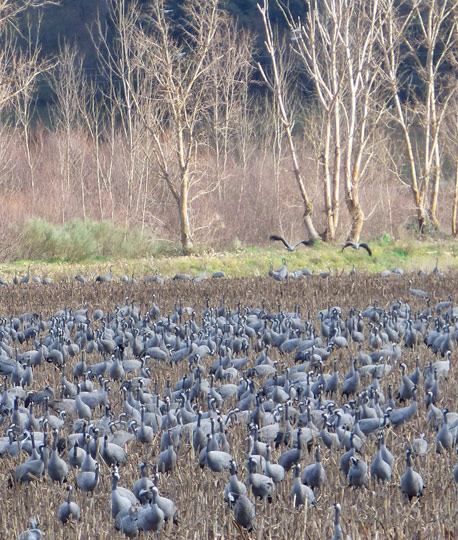
Martin Kelsey
Cranes
Martin Kelsey
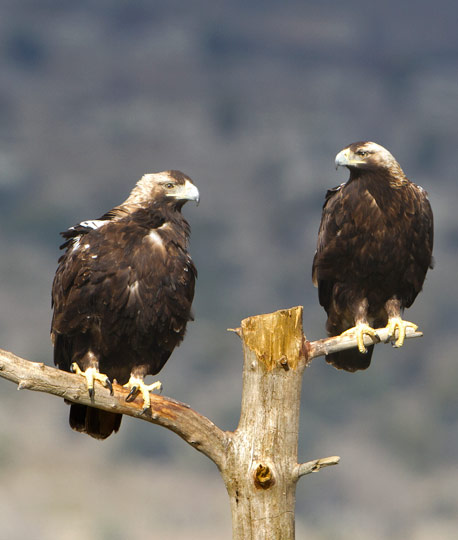
John Hawkins
Spanish Imperial Eagle
John Hawkins


